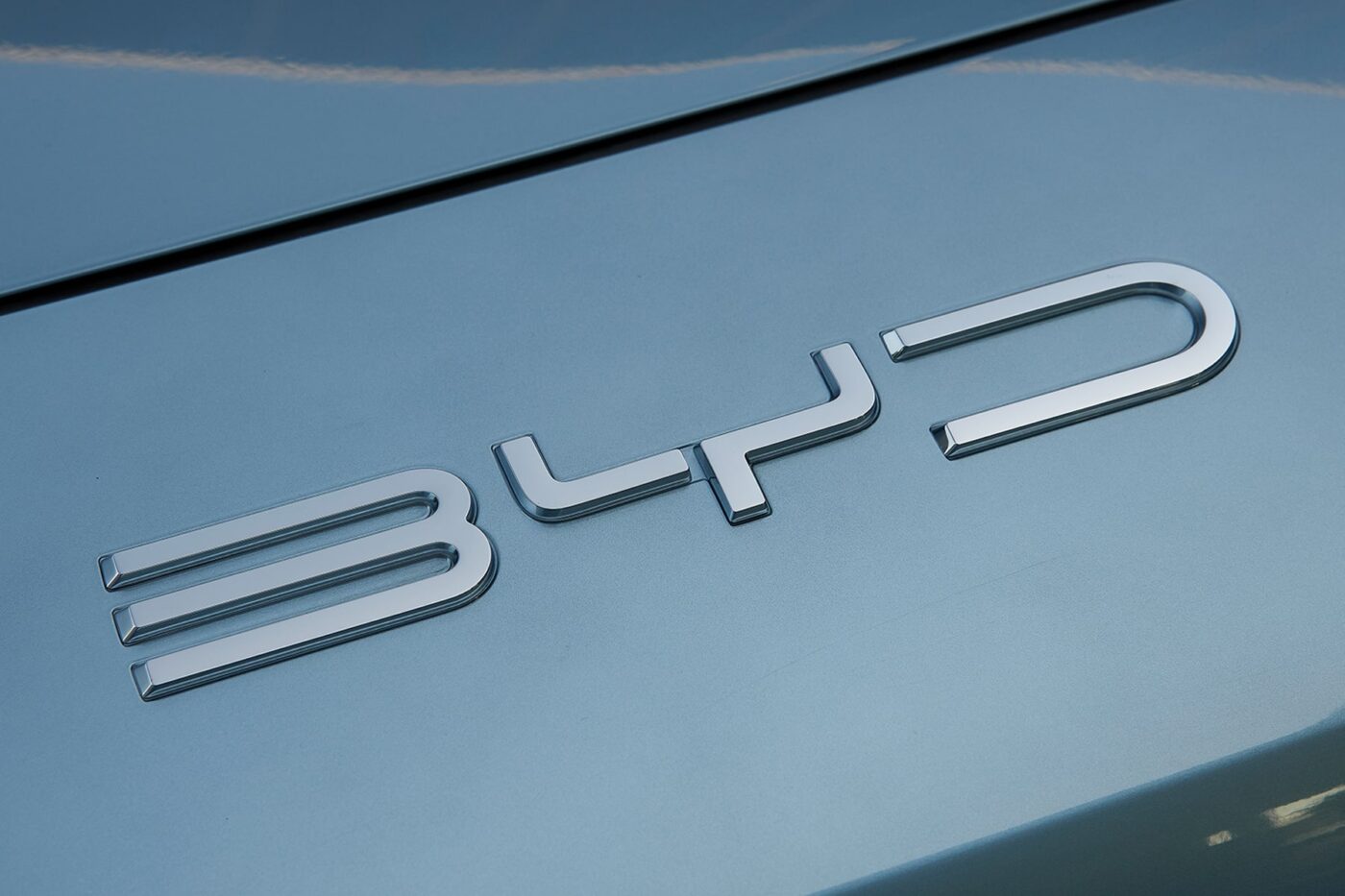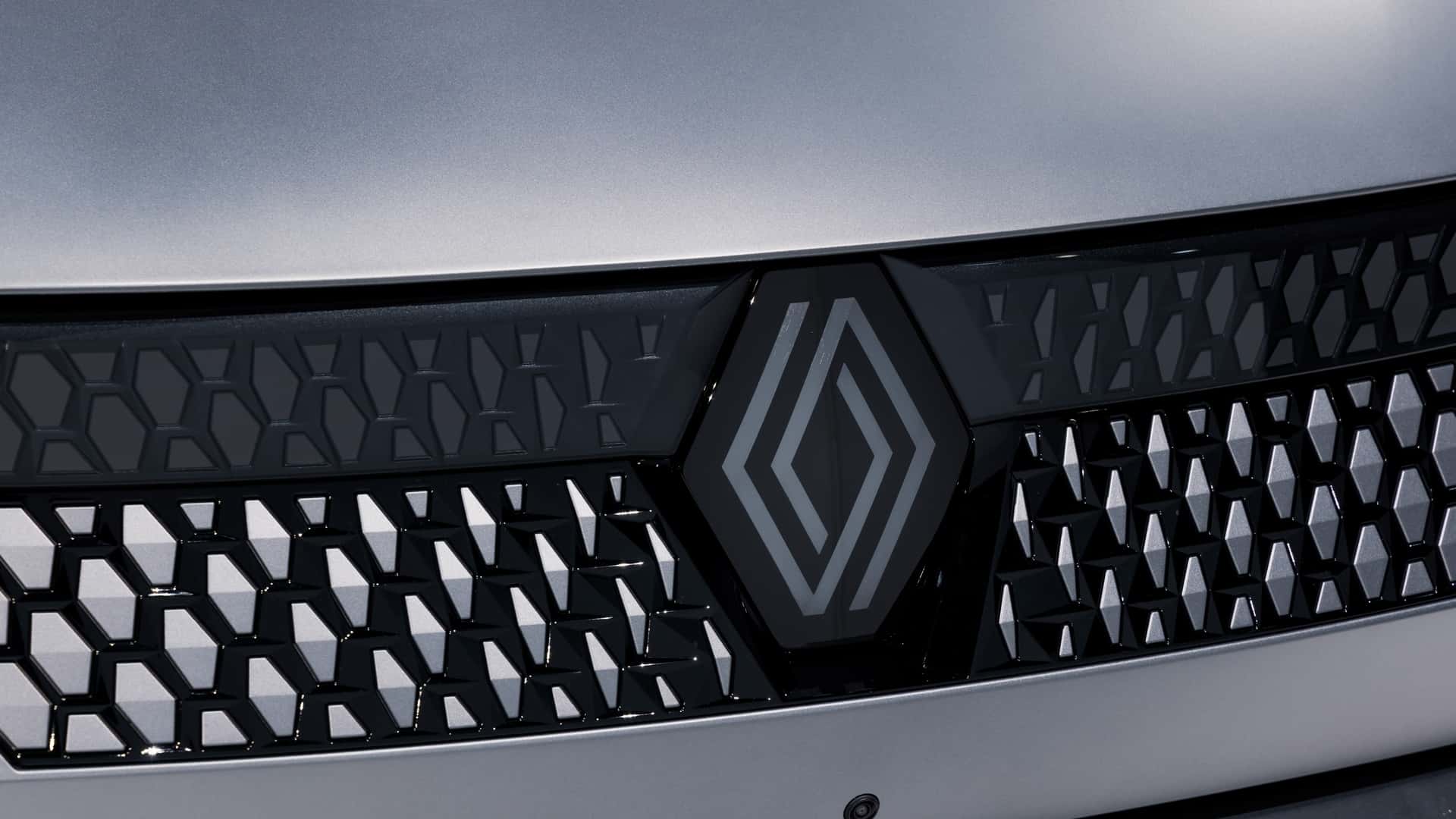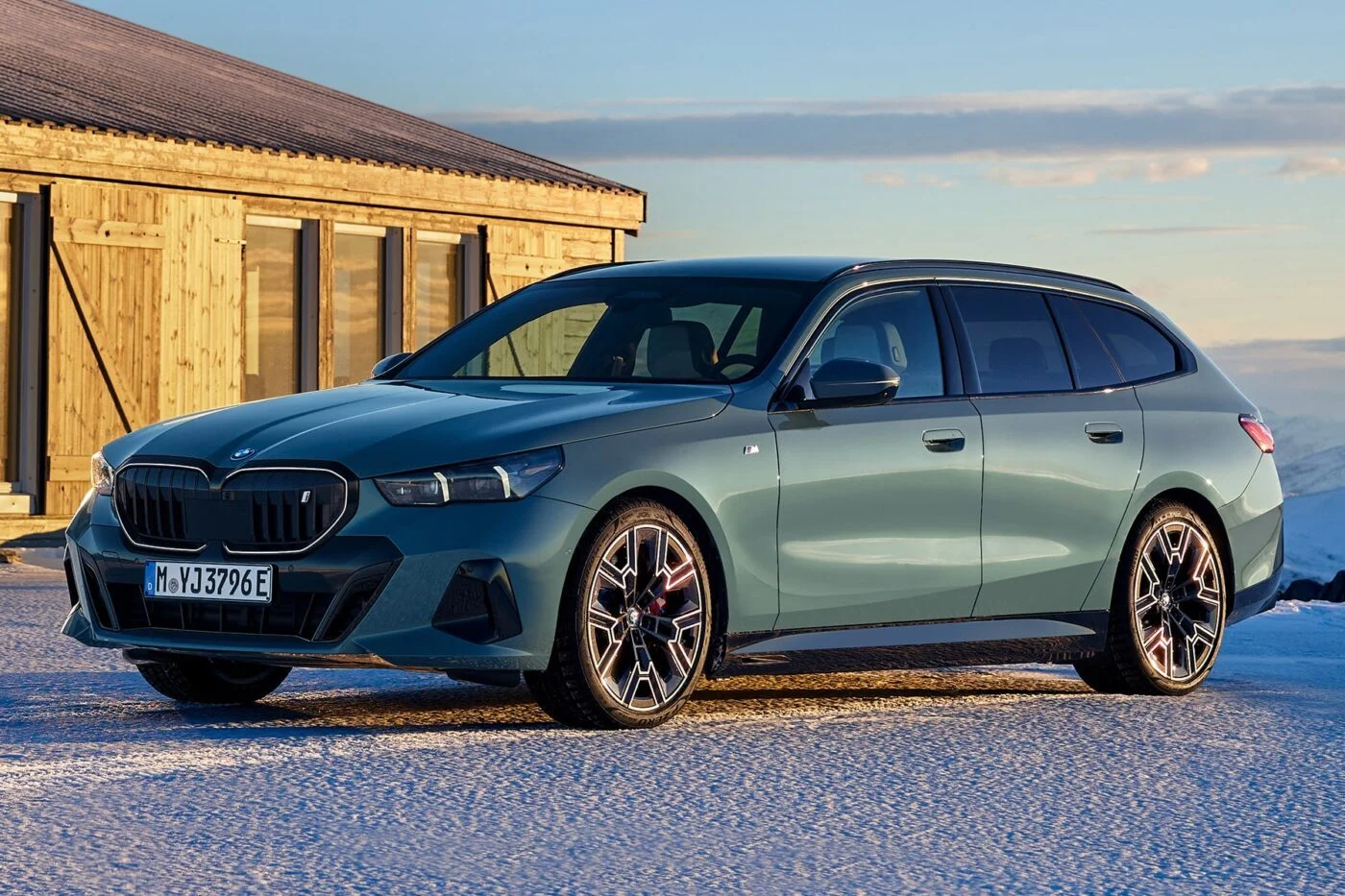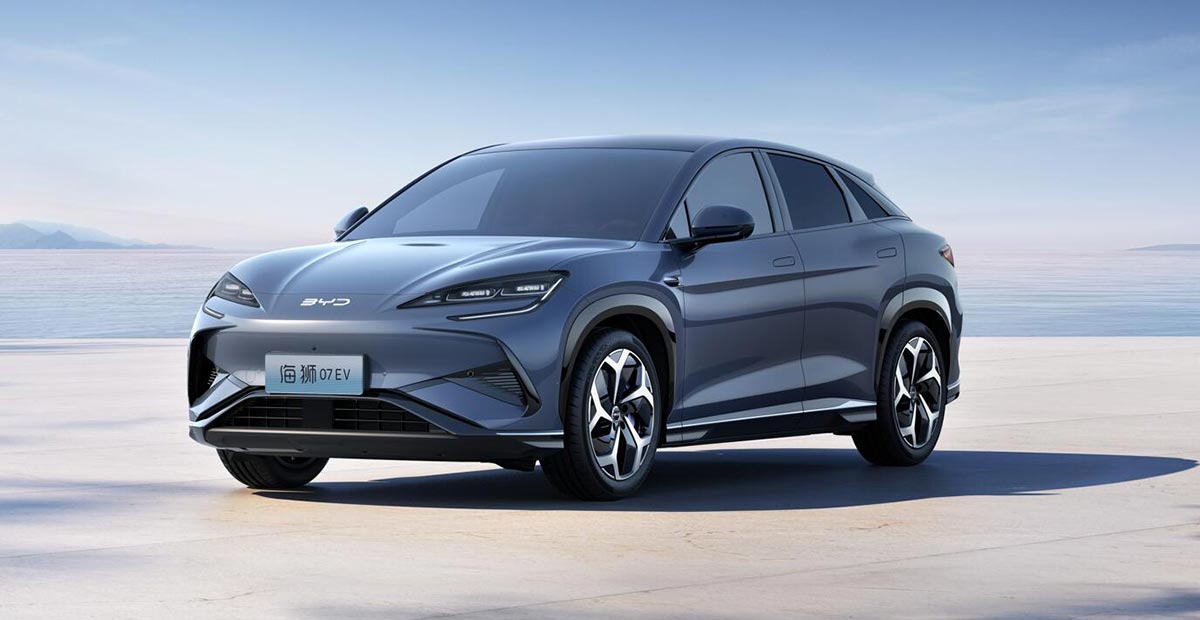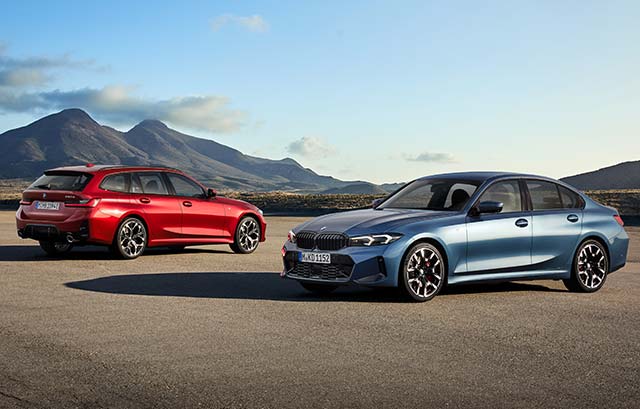BYD has launched its latest plug-in hybrid technology, marking a significant advancement in fuel efficiency and cost savings. The new technology, unveiled by BYD’s chairman Wang Chuanfu, achieves a record low fuel consumption of 2.9 liters per 100 kilometers (62.1 miles) on depleted batteries.
With a fully charged battery and a full gasoline tank, the fifth-generation hybrid technology offers a driving range of 2,100 kilometers, Wang announced at an event in Xian, the capital of Shaanxi province and the location of BYD’s first automaking factory.
See also: BYD Leads Week-Over-Week Surge in EV Sales in China, Sets New Record
BYD has also introduced sedan versions of its Qin L and Seal 06 models, both featuring the new plug-in hybrid technology and priced from 99,800 yuan ($13,775). The company claims that customers using the new technology can save up to 9,682 yuan a year in fuel costs compared to driving gasoline models.
The previous generation of BYD’s plug-in hybrid technology, known for its driving range of several kilometers on batteries and fuel consumption of 3.8 liters per 100 kilometers solely on the gasoline engine, has contributed significantly to the company’s rapid growth since 2021. Models like the Qin Plus DM-i sedan and Song Plus DM-i SUV have been popular choices among consumers.
See also: Everything You Should Know About the BYD Shark: Specifications and Features
BYD’s plug-in hybrids, priced from 79,800 yuan, have dominated its sales in the past three years, with the company selling an accumulated 3.6 million such cars. The company reduced prices of its plug-in hybrids by 10%-22% in the first quarter, leading models like the Qin and Song to outsell gasoline models in the mass market with their lower prices and higher fuel efficiency.
Globally, BYD still trails behind major automakers like Toyota, Volkswagen, General Motors, and Stellantis in sales. However, with its aggressive international expansion, BYD, along with other Chinese EV makers, is increasingly challenging Japanese automakers in overseas markets such as Southeast Asia, Australia, and the Middle East, where trade barriers and tariffs are lower.
See also: BYD Batteries to Power New Mercedes-Benz Hybrid SUV in China
Toyota, a pioneer in hybrid technology with the Prius, also showcased next-generation engines on Tuesday, designed to be compatible with alternative fuel sources such as e-fuels and biofuels to reduce carbon emissions and revamp vehicle design.
Unlike Toyota’s hybrid technology, which uses smaller battery packs, the plug-in hybrids led by Chinese automakers like BYD utilize larger battery packs, enabling them to drive longer distances on electricity alone.

